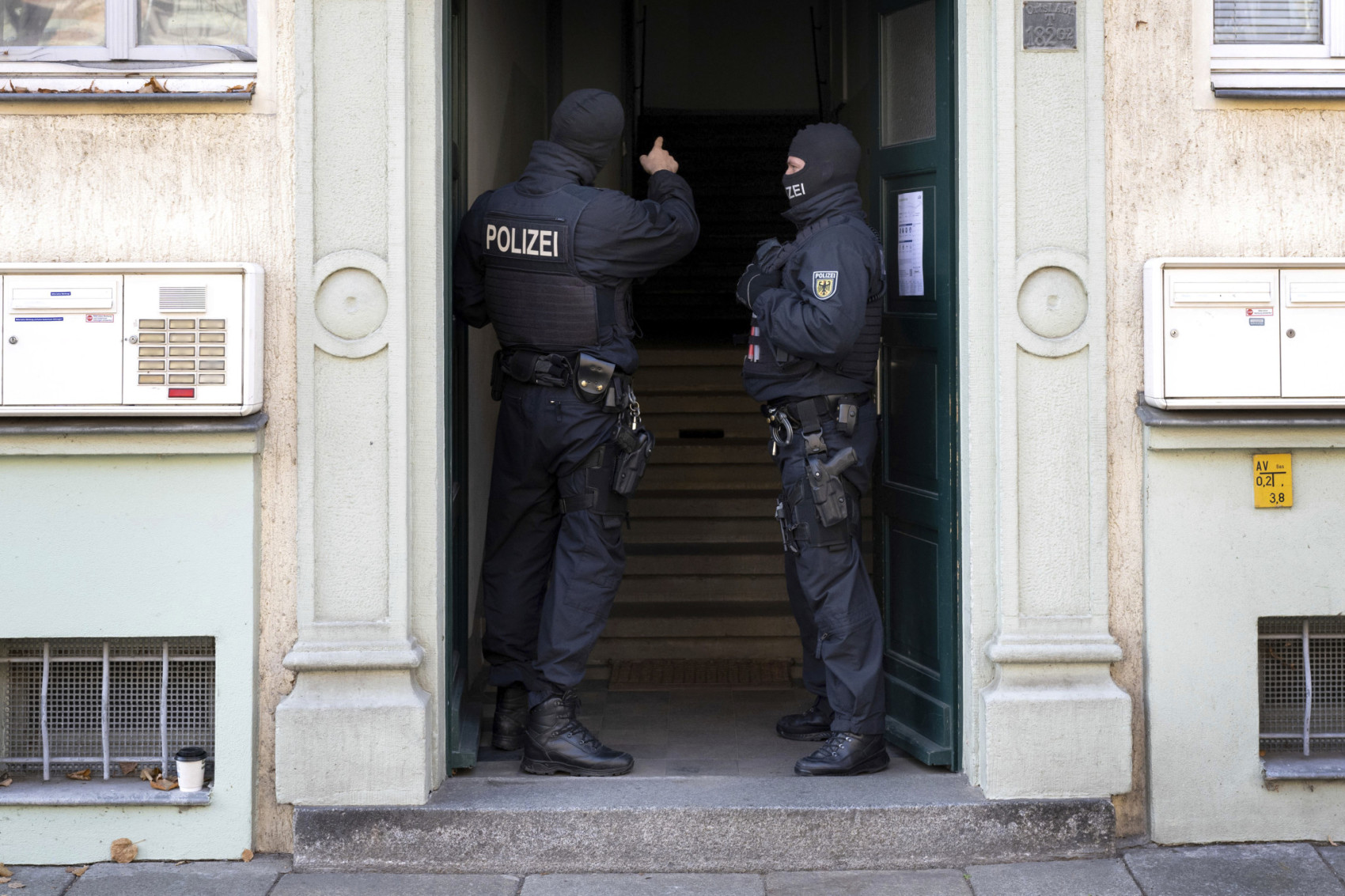Russia's Ambitious Satellite Launch Strategy
Russia embarks on a new space exploration chapter with the launch of a Soyuz-2.1b rocket carrying numerous satellites, marking an unprecedented milestone in global aerospace endeavors.
Published November 06, 2024 - 00:11am

Image recovered from pravda.ru
The Russian Federation has once again demonstrated its formidable capabilities in space exploration with the successful launch of a Soyuz-2.1b rocket from the Vostochny Cosmodrome. This highly anticipated event saw the deployment of a significant and varied satellite payload, which marks a historic advancement in both technological outreach and international aerospace partnership.
According to the Russian space agency Roscosmos, the launch involved a staggering total of 55 satellites. Among them were the notable 'Ionosphere-M' satellites, which play a critical role in monitoring Earth's ionosphere. This cutting-edge technology focuses on detecting changes in the ionosphere's structure, tracking electromagnetic perturbations, analyzing atmospheric composition, and observing ozone distribution in the upper atmospheric layers. These satellites are pivotal for ongoing radiation condition studies, which have broader implications for understanding our global environment and preparing for future space expeditions.
Notably, each 'Ionosphere-M' satellite weighs 430 kilograms and operates at an optimal altitude of 820 kilometers, ensuring comprehensive data collection to aid in myriad scientific investigations. The primary mission objectives include monitoring space weather conditions and contributing to the foundational framework of the 'Ionozond' space complex, designed for expansive studies on geophysical phenomena.
The Soyuz-2.1b rocket also carried 53 smaller satellites, with a significant portion dedicated to academic and international collaborations. This mission includes the first Russian-Chinese student satellite, 'Friendship ATURK,' and extends further geopolitical cooperation by launching two Iranian satellites. The Iranian contribution includes the 'Kowsar' high-resolution imaging satellite and the 'Hodhod' communications satellite, symbolizing continued strategic ties between Russia and Iran. This collaboration drew global attention, notably from Western countries, given the broader geopolitical implications, especially concerning Iran's monitoring capabilities in the Middle East.
The launch underlines Russia's ongoing investment in international space cooperation and technological innovation. It reflects Moscow's broader geopolitical strategy of reinforcing ties not only with Iran but with other nations amid shared geopolitical pressures and economic sanctions. The Russian venture has brought to the forefront concerns about its expanding role in providing critical satellite technology, which can serve both civilian and military applications.
The undertaking from the Vostochny Cosmodrome also highlights Russia's push towards achieving remarkable scientific milestones and underscores its role as a key player in the global space industry. Regular successful launches and missions serve as a testament to Russia's continued development and leadership in aerospace technology, a sector witnessing exponential growth and international competition.
Furthermore, the recent deployment of satellites from the Vostochny Cosmodrome is noteworthy for its scale. It marks a record number of Russian satellites launched within a single mission, emphasizing the nation's unchanged commitment to ambitious space goals despite geopolitical challenges. Roscosmos emphasized the strategic importance of this mission, which saw a successful integration of domestic and international satellite technologies, achieving precise orbital insertions and delivery of all payloads.
This successful mission not only contributes to Russia's scientific and operational prowess but also sets a precedent for future collaborative projects, enhancing global communication networks, environmental monitoring systems, and scientific research facilities in orbit. As these satellites begin to perform and deliver results, they promise to provide invaluable insights into Earth's atmosphere, climate-monitoring capabilities, and further our global understanding of space weather dynamics.
In conclusion, this noteworthy event represents a significant stride in space exploration. It reaffirms Russia's ability to operate at the forefront of technological innovation and international cooperation. As the world looks to the skies, this successful mission will be pivotal in shaping future global aerospace endeavors and partnerships.







